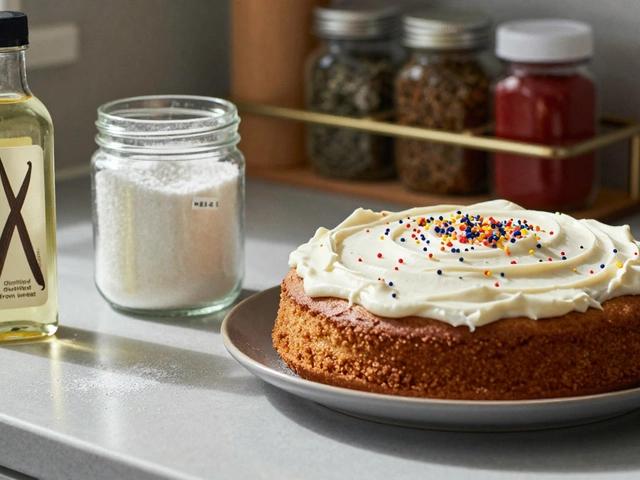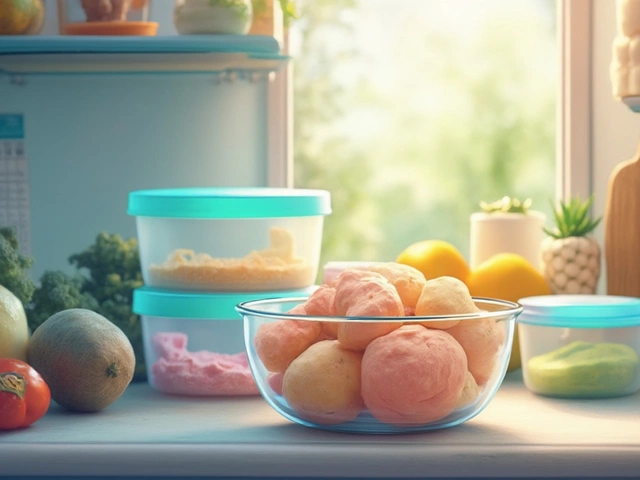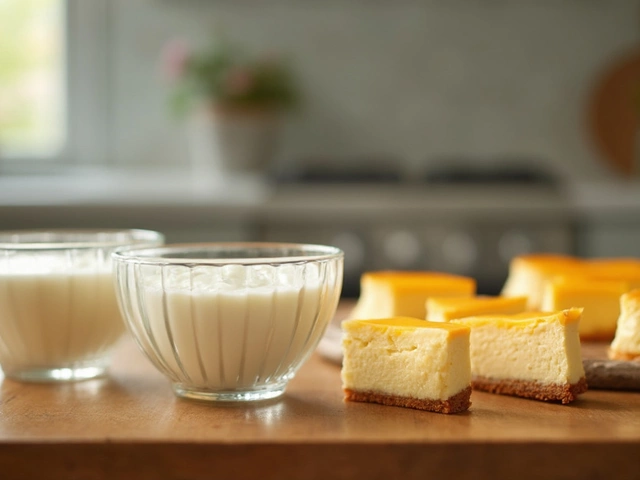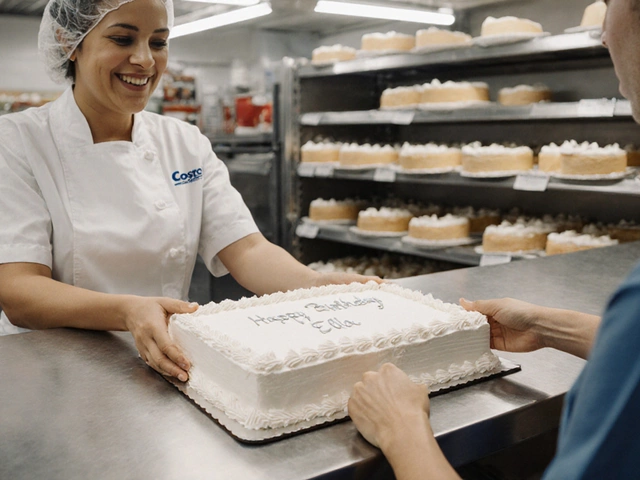Whole Eggs – Everything You Need for Baking, Cooking & More
Whole eggs are the backbone of most sweet and savory recipes. Whether you’re whisking up a quick breakfast or building a layered cake, knowing how to handle them can make the difference between a flop and a hit. Below you’ll find straight‑forward advice that gets you the best results without any guesswork.
How to Use Whole Eggs in Your Recipes
First, always bring eggs to room temperature before mixing. Cold eggs can cause butter or sugar to seize, leading to a grainy texture. A quick 15‑minute sit on the counter does the trick.
When a recipe calls for beaten eggs, use a fork or a whisk and stop the moment the mixture becomes uniform and a little frothy. Over‑whisking adds too much air, which can make cakes rise too fast and then collapse.
If you need extra richness, add a splash of milk or cream when you beat the eggs. This simple tweak makes custards silkier and pancakes fluffier. For a lighter crumb, separate the whites from the yolks, whisk the whites to soft peaks, and fold them into the batter at the end.
Storing and Substituting Whole Eggs
Keep eggs in their original carton inside the fridge. The carton protects them from absorbing odors and keeps the temperature stable. Eggs stay fresh for about three weeks, but you can test freshness by placing them in a bowl of water – they sink when good and float when they’re past their prime.
When you run out of eggs, there are easy swaps. For each whole egg, mix ¼ cup of unsweetened applesauce, mashed banana, or plain yogurt. These alternatives work best in quick breads, muffins, and cakes where moisture is welcome.
Another handy hack is the “egg powder” you can store long‑term. Dissolve one tablespoon of powdered egg in two tablespoons of water to replace one large egg. It’s perfect for emergency baking or for travelers who can’t keep fresh eggs.
Finally, remember that eggs add both structure and moisture. If you cut them out completely, you’ll need to replace both functions – think a combination of flour, leavening agents, and liquid. Play around with small batches until you find the right balance.
With these basics, you’ll feel confident using whole eggs in any recipe. Keep them at room temperature, beat just enough, store properly, and you’ll see better texture, rise, and flavor every time. Happy baking!
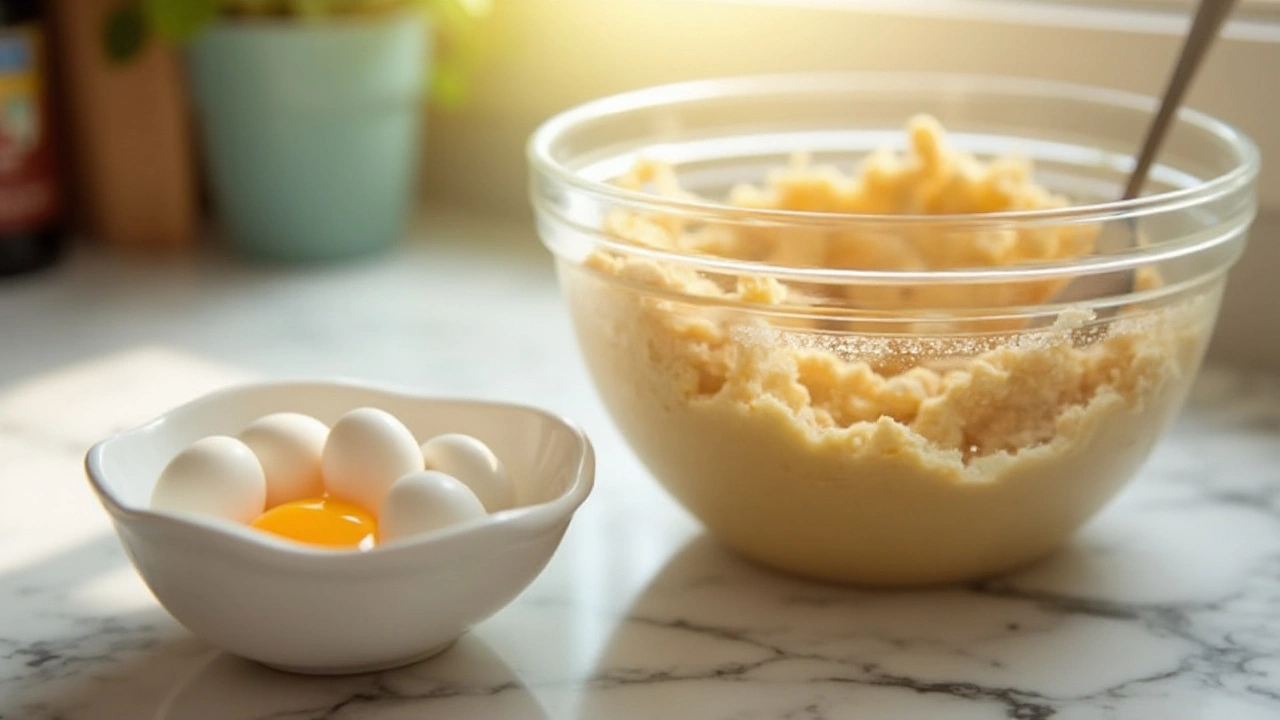
Baking Cookies with Whole Eggs: Secrets and Surprises
Using whole eggs instead of just egg yolks in cookies can significantly alter their texture, flavor, and appearance. Whole eggs bring moisture and air, leading to a more cakey and fluffy cookie compared to the typical dense and chewy version. This shift is not necessarily detrimental but depends on the desired outcome. Experimenting with whole eggs can result in delicious surprises in your cookie baking adventures.
View More
